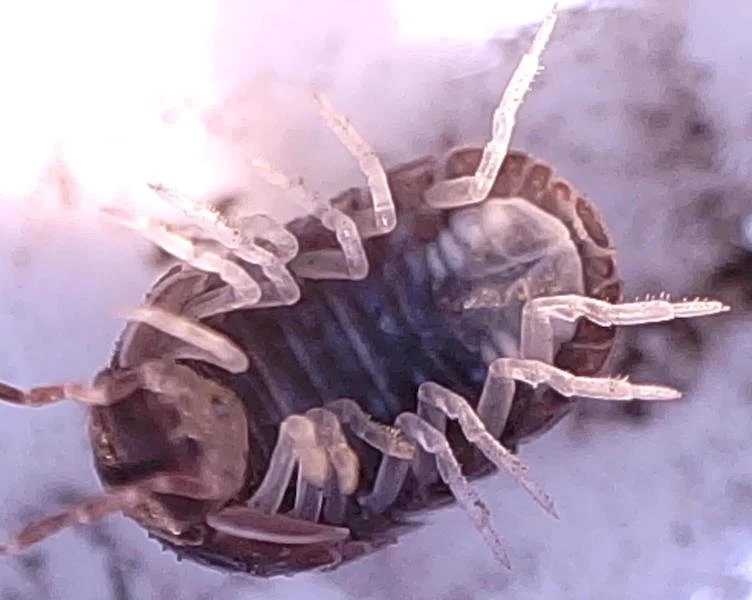In the Classroom
Working with Invertebrates
There are some staggering statistics in the invertebrate world.
• In Western Australia, 98% of all animals have no vertebral column (called invertebrates). Of these, the land groups consist mainly of worms, with no legs, including nematodes with an unsegmented body shape, and earthworms whose body consists of rings, or segments, molluscs, including snails which have a hard shell, and arthropods, which include all the invertebrates with jointed legs.
• Of the arthropod species, 80% of them are insects. Scientists who study insects (entomologists) estimate there are more than a million species of insect world-wide (and probably another 2 million that haven’t yet been identified). The total number of individuals has been calculated as ten quintillion, or 1 followed by 19 zeros!
• Insects include ants, dragon flies, lace-wing flies, butterflies, bees, flies, wasps, beetles, crickets, and grasshoppers; all with a basic body plan that includes six legs, and one or two pairs of wings. Beetles, crickets, and grasshoppers have a hard covering (called elytra) on the first pair of wings.
Activity
Understand the Body Plan of an Insect:
Students draw the body plan of an insect in their science notebook and label fully. Research on the internet the function of each part, and record in the diagram.
For further information on insect body structure and other information such as life cycles, see Amateur Entomologists’ Society website at www.amentsoc.org/ insects/what-bug-is-this/adult-key.html
INTRODUCING CLASSIFICATION
At the basis of classification was a Swedish biologist/ physician, Carl Linnaeus (1707-1778) who systemised the animal world on the basis of similarity between the organisms. See classification template of invertebrates from Toolbox.
Activity
Classify Invertebrate Data from Module 1:
1. Using the following criteria, students sort the invertebrates into four major groups, called Phyla (or a single Phylum) under the following headings:
• Nematoda (worm-like, body not divided into segments).
• Annelida (earthworms, body divided into segments).
• Mollusca (soft body, with a hard shell)
• Arthropoda (with jointed legs).
For further classification, students may require a hand lens to detect the differences in body form of each animal when sub-dividing the Phyla into separate Classes. For example, earthworms (Annelida) are in the Class Oligochaeta, according to the tiny, stiffened projections from their body, called chaetae (‘oligo’ meaning ‘few’.) The distinction between chilopods and myriapods is based on the number of legs on each segment, see below.
2. Phylum Arthropoda has the greatest variety of different species, and is sub-divided into Classes.
Students may group these according to the number of legs. These are:
• Insecta (beetles, ants, grasshoppers, earwigs etc. with 6 legs)
• Arachnida (spiders, ticks, mites, and scorpions with 8 legs)
• Crustacea (crabs with 10 legs, slaters with 14 legs).
Slaters, or pillbugs, are one of the few land crustaceans that students may encounter. They require external moisture to ‘breathe’ and have a gill attached to the base of each leg.
Worm-like invertebrates with many legs, belong to the Class
• Chilopoda (centipedes with one pair of legs on each body segment), and
• Diplopoda (millipedes, with many legs, and two pairs of legs per body segment).
A millipede with 1,306 legs was recently discovered in southwest WA, a record in the world of millipedes (8).
Students may research further separation of Class into Order, from information on the Internet, and Amateur Entomologists’ Society website at www. amentsoc.org/insects/what-bug-is-this/adult-key.html
Western Australia’s land Fauna
Underneath a slater, a ventral view.
Anatomy of a Beetle


